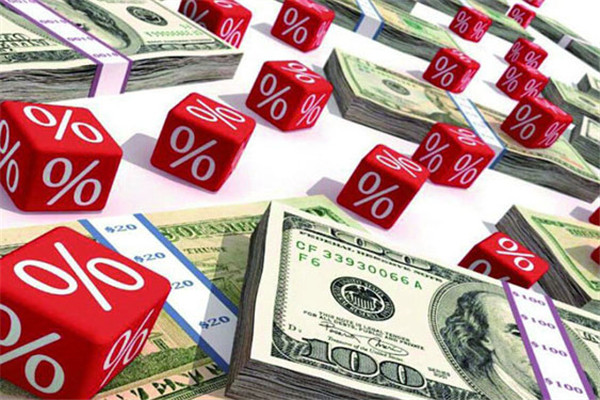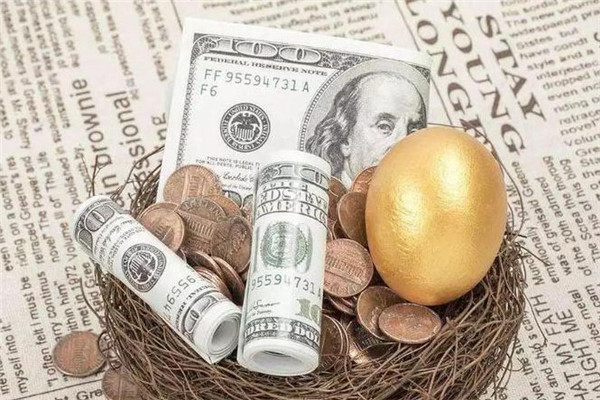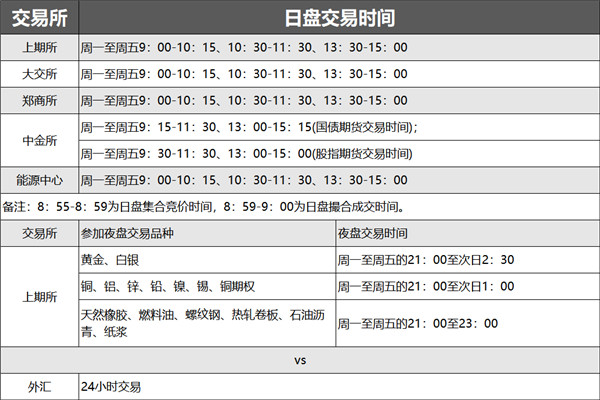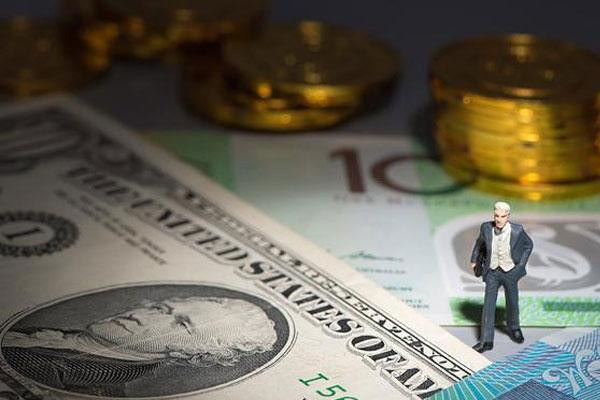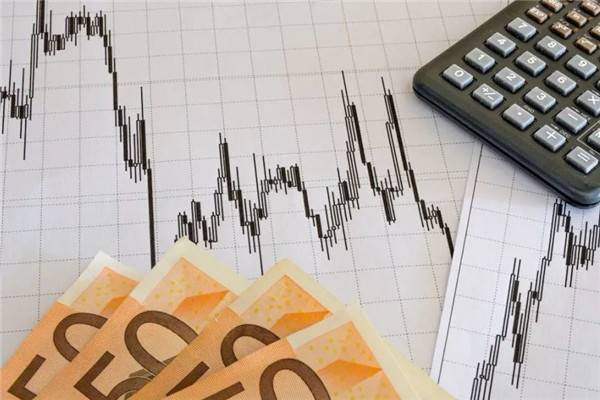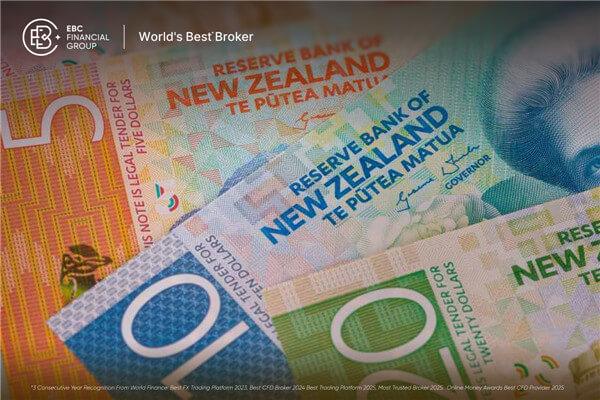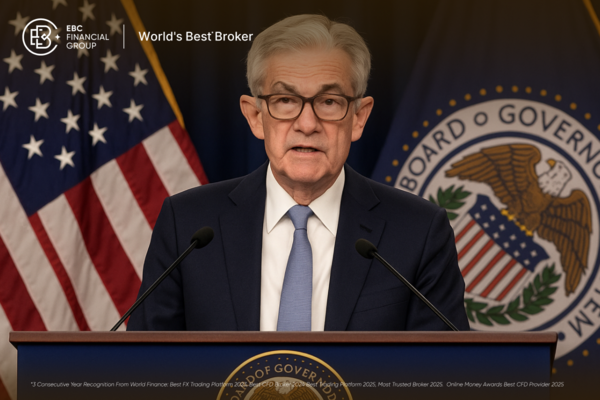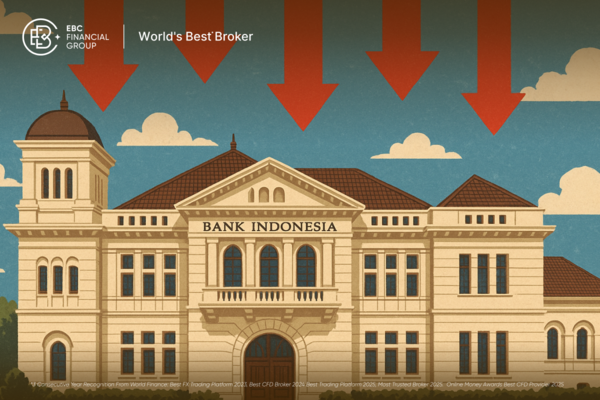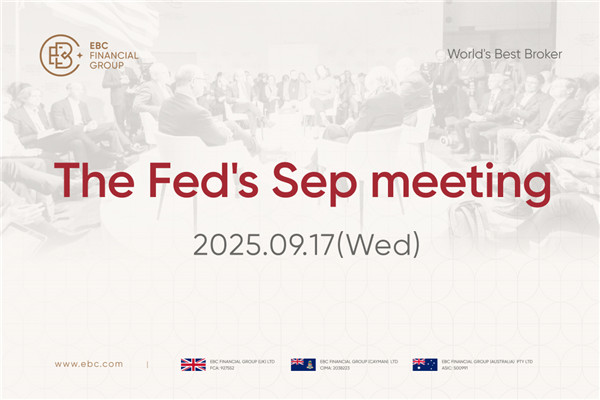Forex and futures are products that many domestic investors often invest in, and many investors do not know how to choose between forex and futures. So let's learn about the differences and connections between futures and forex together?

The Difference Between Futures and Forex
1. Different liquidity of Funds
The daily trading volume of the forex market is as high as 1.4 trillion US dollars, making it undoubtedly the world's largest and most liquid financial market, while the daily trading volume of the futures market is only 30 billion US dollars. So, the liquidity of funds is one of the major differences.
2. Different Trading Times
Forex trading begins in Sydney, Australia, at 5 pm on Sunday (6 am Beijing time), followed by 7 am Eastern time in Tokyo, Japan, 2 am Eastern time in London, UK, and 8 am New York. It can be said that the forex market is a 24-hour uninterrupted service market. The trading hours of the futures market are very limited, with futures trading hours in Chicago from 8:20 am to 14:00 am Eastern Time.
Compared to the forex futures market in the United States, such as the Chicago Mercantile Exchange or the Philadelphia Stock Exchange, there are certain operating hours restrictions. In the case of the Chicago Mercantile Exchange, the operating hours are from 8:20 a.m. to 2 p.m. Eastern Time. Therefore, if any important news from London or Tokyo is not announced during the operating hours, the opening of the next day will become very chaotic.
3. The Quality and Speed of Trading Differ
Each transaction in the futures market has a different trading date, price, or contract content. Every futures trader has the following experience: a futures transaction often takes half an hour to complete, and the final transaction price must vary significantly. Although there is now electronic trading assistance and a guarantee of restricted transactions, the transaction of market orders is still quite unstable. Forex traders provide stable quotes and real-time transactions, allowing investors to trade using real-time market quotes, even in situations where transactions cannot be made during the busiest market conditions.
In the futures market, the uncertainty of transaction price is because all orders need to be matched through a centralized exchange, which limits the number of traders, fund flow, and total transaction amount at the same price. And every quotation from forex traders is executed, which means that as long as investors are willing, transactions can be made! There will be no situation where there is a price but no transaction occurs!
4. Different Trade Commissions
When buying and selling in the futures market, in addition to the price difference, investors must also bear additional commission or handling fees. All financial products have buying and selling prices, and the difference between buying and selling prices is defined as the price difference, or the cost of transaction. Until today, unreasonable price differentials in the futures market still exist due to a lack of transparency. Now, investors can use the real-time buying and selling prices displayed on online trading platforms to determine the depth of the market and the true transaction costs. The price difference in forex trading is much lower than that in futures trading, especially in post market trading, as futures investors are prone to low liquidity and suffer significant losses.
1. Trading risk: Both futures and forex trading have certain trading risks, and investors need to conduct risk assessment and management.
2. Price fluctuations: The prices of futures and forex trading are influenced by factors such as market supply and demand, and price fluctuations are relatively severe.
3. Hedging: Both futures and forex trading can be used for risk management through hedging, which is an effective tool for investors.
【 EBC Platform Risk Reminder and Disclaimer 】: There are risks in the market, and investment needs to be cautious. This article does not constitute investment advice.






